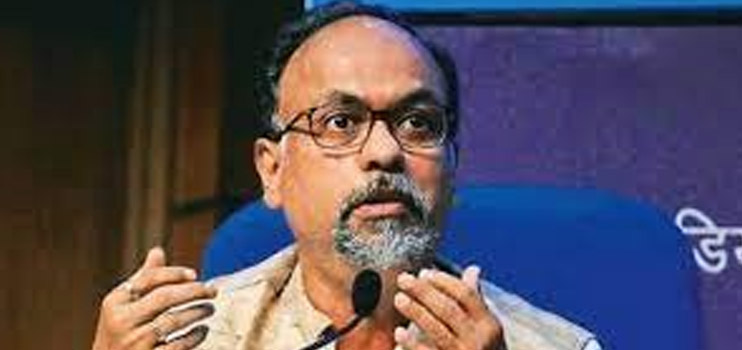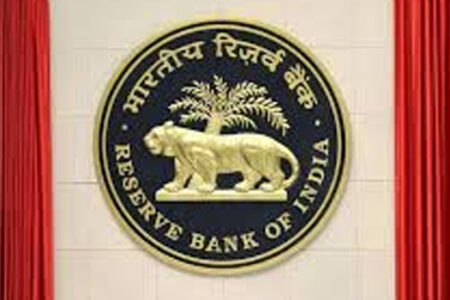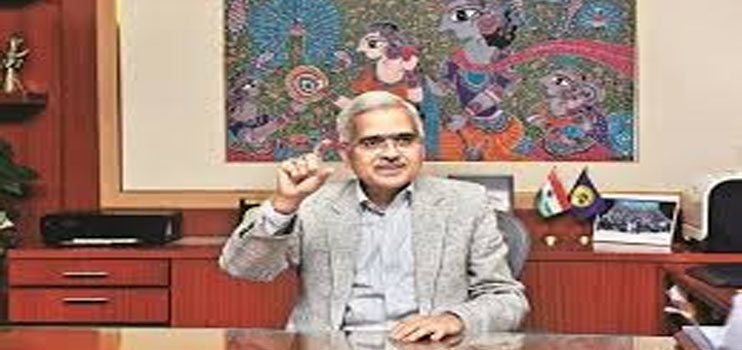You gift me a car. There’s a wide road on which I can drive. But I have not been allowed to fill in more than 20 litres of oil in the tank. There’s no stepney in the boot (in case a tyre bursts); no hydraulic jack to easily lift the car for changing a flat tyre. I don’t even have a good driver. So, the car hardly leaves the garage even though the wide road beacons it.
This has been the case of India’s insurance industry even after two decades of privatisation. It’s still a sunrise industry.
Debasish Panda, chairman of the Insurance Regulatory and Development Authority of India (Irdai), seems to be in a hurry to drive the car in fourth gear on the highway. To make that happen, he wants to fill the tank with enough petrol and make sure that all other accessories are in place — necessary to pick up speed, enhance the driving experience and avoid accidents.
In sync with the vision of “Insurance for All by 2047”, Irdai has recently issued a regulatory prescription for general insurance companies for a comprehensive coverage for surrogate mothers. This is one of the many initiatives that the regulator is taking to deepen the penetration of insurance coverage in the world’s 10th largest market with 4.2 per cent penetration. Among the BRICS nations, India has the second-highest insurance cover after South Africa but that’s not something to celebrate as we are a country with a low per capita income and almost non-existent social security.
Early in this century, under Reserve Bank of India Governor Y V Reddy, the banking industry had seen a drive for financial inclusion. The insurance industry is witnessing it now. The vision is “insurance for all” and mission “ease of doing business”. To achieve the twin objectives, the overarching focus of the regulator has been on reforms. In the process, Irdai has taken many path-breaking initiatives.
Until recently, each insurance company had to file with the regulator a new product before its launch. From “file”, “approval” (by the regulator) and “use”, it has quickly migrated to “use” and “no-file” through “use” and “file”. The product management committee of the insurer has the authority to decide on the products. Indeed, Irdai will conduct inspections as and when required, but it is refraining from micromanagement as an inordinate delay in approval of products was killing innovation and coming in the way of growth of the sector.
There has also been a dramatic reduction in the compliance burden for the insurance companies and drastic fall in numbers of returns filed. Both have cut the cost of compliance.
The theme of the new regime is principle-based regulation as opposed to the prevailing rule-based regulation. The regulator is trying to create a fair market which is deep, protect the policy holders and widen the bouquet of products. As I write this piece, talks are on for 100 per cent cashless treatment for health insurance. Currently, around 30 per cent claims are settled through reimbursements of hospital bills after treatment.
Irdai is keeping a hawk eye on the solvency of companies and mis-selling of products and is ready to address customers’ grievances but this is not done through regulatory prescriptions. Both products and pricing are left to the companies. Soon, it will issue a set of guidelines on governance.
Following in the footsteps of the banking regulator, Irdai is also into risk-based supervision; the same approach is being followed when it comes to capital for its efficient use. The risk-based supervision replaces compliance-based supervision. It covers not only operational and financial risks of a company but also the larger macroeconomic risks, including geopolitical tensions and issues such as climate change that have a bearing on risks.
Close on the heels of allowing two applicants in the life insurance space, Irdai has given licence to a general insurer for the first time since 2017, and is looking at many applications both in life and non-life segments for potential licences. The life insurance licence was last given in 2011.
There are 25 life insurers and 34 general players, including health insurers, operating in India but when it comes to the share of business, a few of them account for a large chunk of the market. In other words, there is a long tail of the industry. How many more of them do we need?
Irdai has adopted a liberal approach and is ready to welcome many more entities of different shapes and sizes. In the banking industry, besides the universal banks, we have small finance banks, payments banks, regional rural banks, cooperative banks as well as non-banking financial companies. Let hundreds of insurance outfits bloom to cater to the needs of different segments of society and different geographies.
The regulator has already liberalised distribution channels to deepen penetration. Instead of one insurance company engaging a maximum of three banks as distributors for three different insurance segments, it now can have tie-ups with as many as nine banks. Liberalisation for the agent network is awaiting the amendment of the insurance Act.
Irdai is also in the process of launching a revolutionary platform, Bima Sugam, policies. A customer can access all insurance products and services at this single window. A fee will be charged for each transaction — sale and renewal of the policies — to meet the operational expenses.
The broking community should not feel threatened as they can continue to play the role of an intermediary since the platform will allow transactions through an “assisted mode”. This will, in fact, open up a new market for the insurance industry in untapped geographies such as the Northeast. The agents can model themselves on banking correspondents.
The regulator is also exploring how to bring about synergies in the working and operations of Bima Vahak and Bima Vistaar along with the Bima Sugam digital platform. Bima Vahak intends to form a women-centric insurance distribution channel, involving gram panchayats, self-help groups, anganwadi workers and teachers as distributors. Bima Vistaar is a social safety net product, targeting untapped geographies.
On the line of the banking industry’s state level bankers’ committee where one entity plays the role of a lead bank in a state for ensuring loans to the under-privileged segment, Irdai is insisting that every insurance company must adopt one state; it has also introduced the concept of lead insurer (a la lead banker). For the first time, the regulator is involving the states as partners for the spread of insurance, something which the banking sector has been doing.
It has also eased the norms for raising capital. The process has been simplified, the definition of promoter has changed; and private equity funds are now welcome to invest in the sector. Typically, private equity investors don’t have a long horizon but, by inserting a lock-in period in the investment guidelines, Irdai has prevented their early exit.
Finally, the regulator is also exploring the composite licence system whereby one company can dabble in both life and non-life insurance businesses. Globally, a few countries have tried this out; fewer have met with success. Theoretically, it will make life easier for the customers as different products can be sold from one platform. The companies, too, can leverage capital better by deft allocation. The draft insurance Bill has this provision.
Being aware that he is heading the Insurance Regulatory and “Development” Authority of India, Panda is moving at a breakneck speed. The banking regulator and the market regulator don’t have the “development” tag attached to them.
At this moment, the industry has Rs 60-trillion assets under management. As it swells, India will have a decent corpus of long-term funds to support infrastructure building and the government’s borrowing programme, easing the burden on the banking system.



